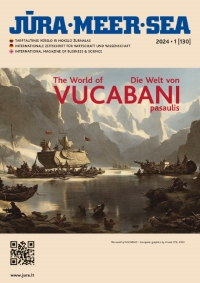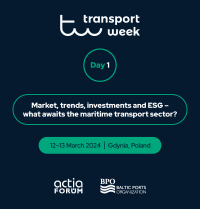PANSA (the Polish Air Navigation Service Provider) and the International Air Transport Association (IATA) have agreed to work together with other aviation stakeholders to develop a National Airspace Strategy (NAS) for Poland.
The demand for aviation in Poland is expected to double in the next two decades, generating an estimated 1.5 million flights per year. At the same time, passenger volumes at Polish airports are projected to grow at a rate of 5.6% per annum to over 68 million passengers a year by 2030¹.
Servicing this demand, while ensuring safety, improving environmental performance and reducing costs and delays requires Poland to modernize its airspace and air traffic management (ATM) network.
Successful airspace and ATM modernization is expected to create significant benefits, including an extra €6 billion in annual GDP and 65,000 Polish jobs by 2035².
Due to the complexity of the air traffic flows in Poland, it is critical that all aviation stakeholders (Airlines, ANSP, Airports, Ground Handling Service Providers and State institutions) are engaged in a joined-up, strategic program to modernize the airspace and ATM network. IATA and PANSA believe that the engagement and cooperation of all Polish aviation stakeholders is essential to achieve the Single European Sky goals and deliver the expected benefits for passengers, industry and the wider economy.
Janusz Niedziela, CEO of PANSA, explained that "The modernization of Polish airspace is an essential part of our country's development plans and the creation of a national strategy that brings together all the organisations tasked with contributing to this important initiative is considered a top priority."
IATA's Director General and CEO Alexandre de Juniac said, "Poland is a growing European economic power with an important strategic position as a bridge between Western Europe and the East. The partnership between PANSA and IATA will be crucial to the vital task of maximizing the efficiency of Poland's air connectivity. PANSA has shown real vision to bring airlines and other stakeholders into the strategic development of Polish airspace. Together, we can help create a strategy which will bring real benefits to Poland, and serve as a model for the modernization of airspace across Europe."
The Polish NAS will cover:
The strategic direction for the future of ATM in Poland
Airspace change for more capacity and more efficient routes that reduce fuel burn and improve environmental performance
Network resilience and business continuity
Enhanced cooperation with European partners to accelerate the achievement of Single European Sky goals
Planning for the development of the Polish NAS is already underway. A collaborative working group involving representatives from PANSA and IATA is gathering the core requirements covering safety, environment performance, flight efficiency, connectivity (including interoperability) and cost efficiency. A broader group of aviation and non-aviation stakeholders will be engaged early in the strategy development process, including airports, other airspace users and key industrial sectors that rely on air transport. Ultimately the organizations will seek Government endorsement of the NAS to drive the deployment of the strategy and modernize Polish airspace.
IATA (International Air Transport Association)










